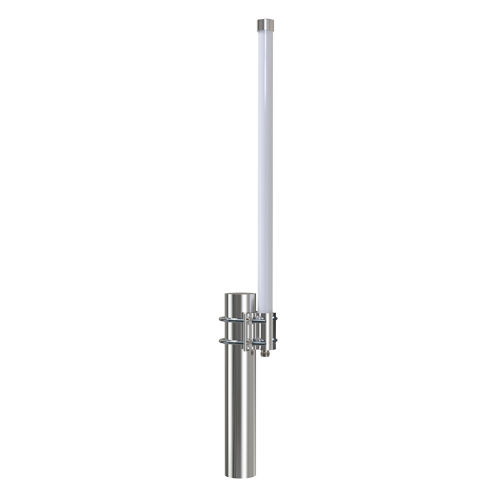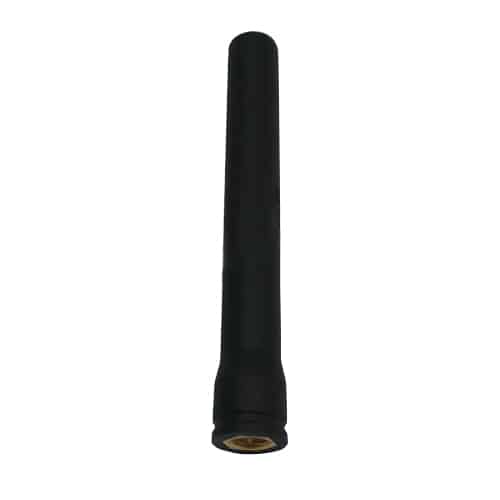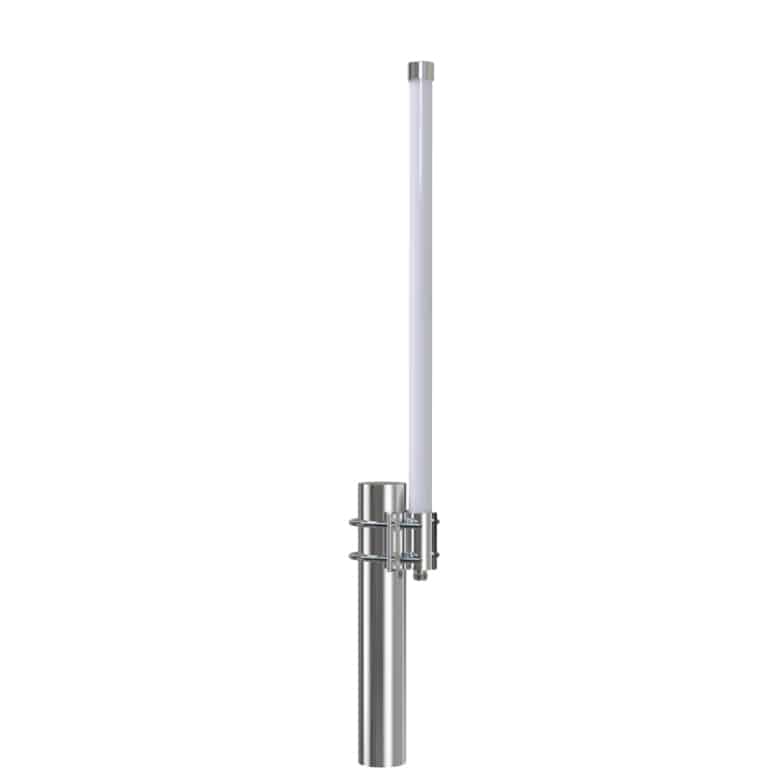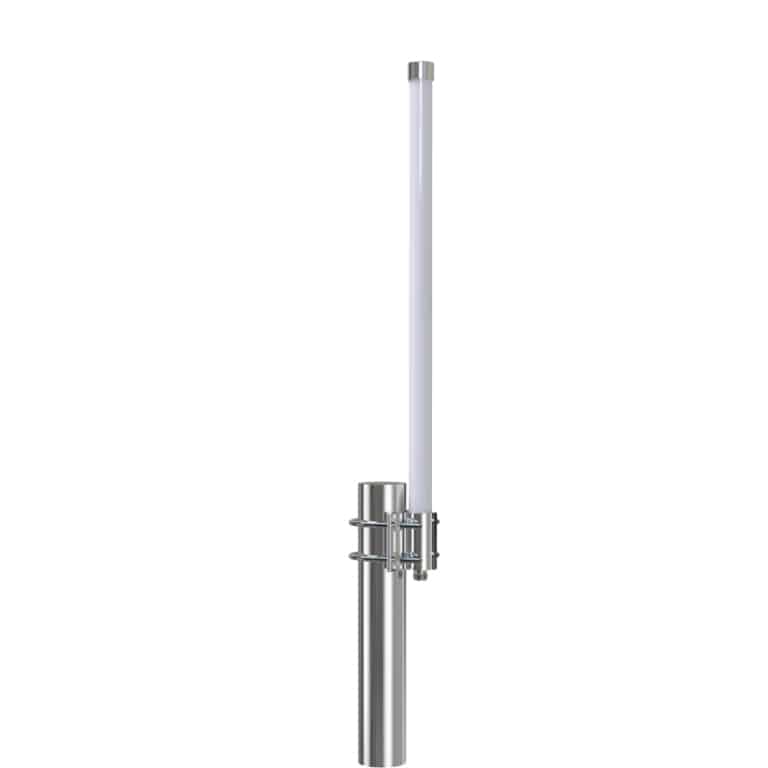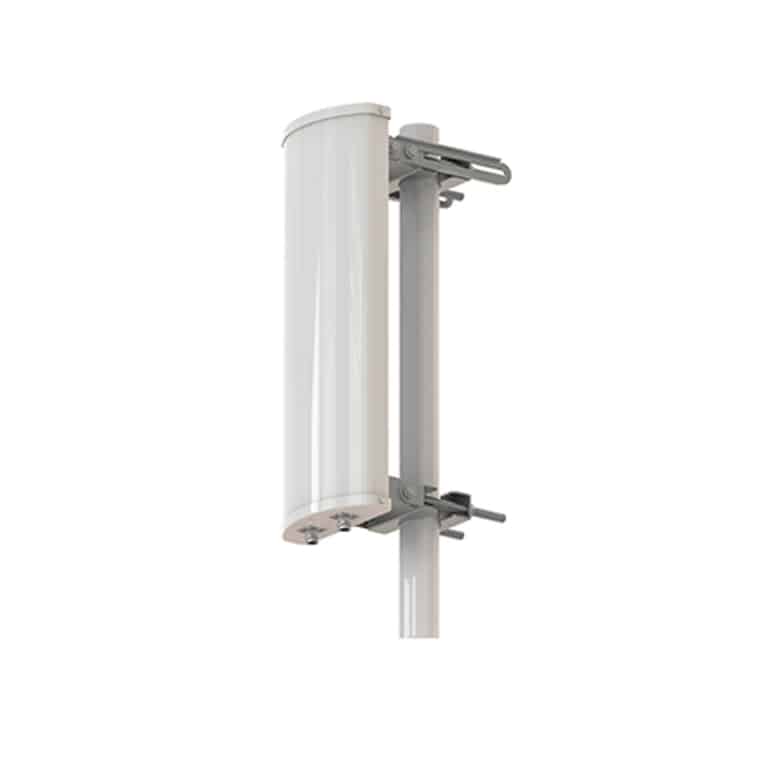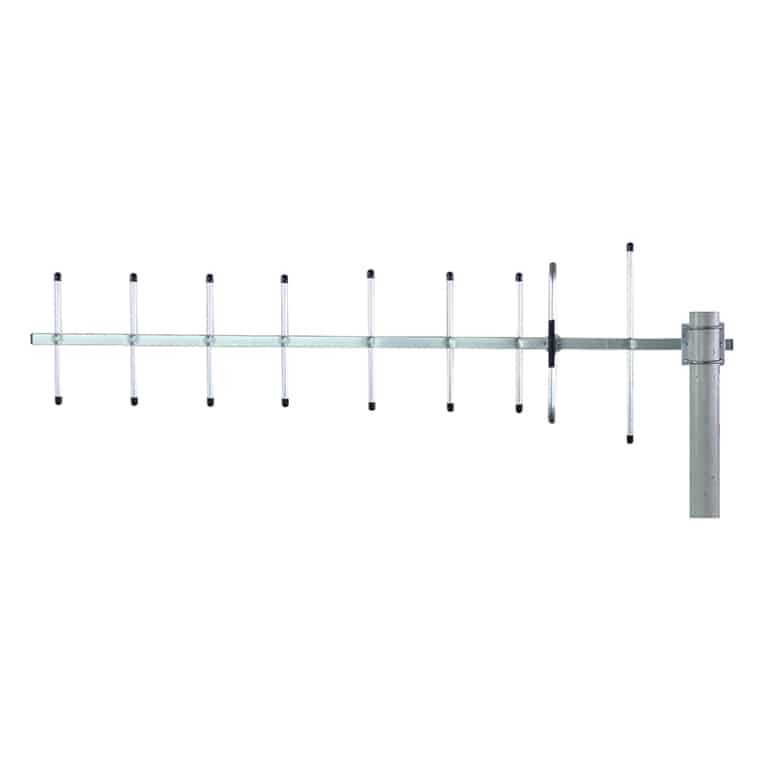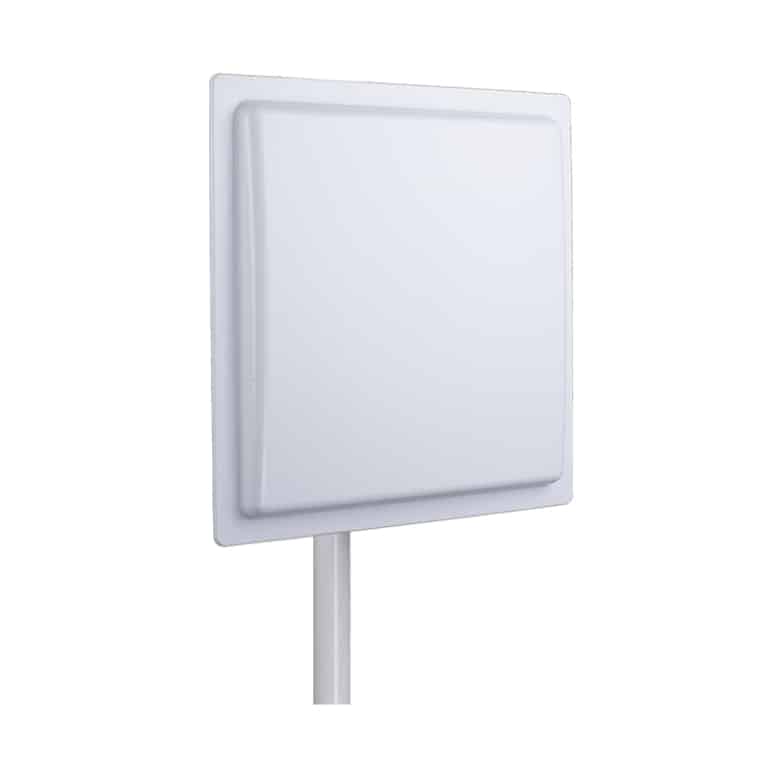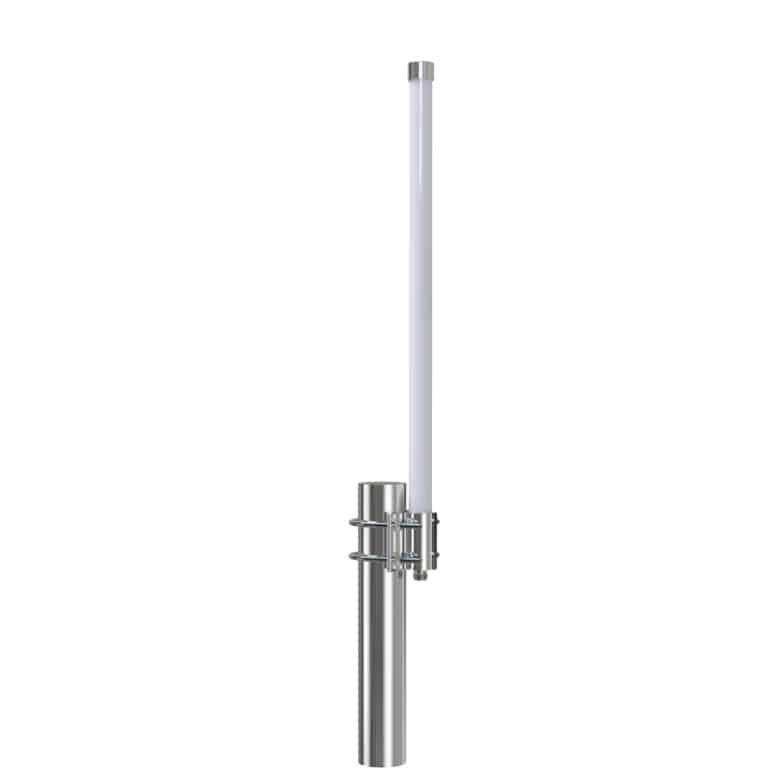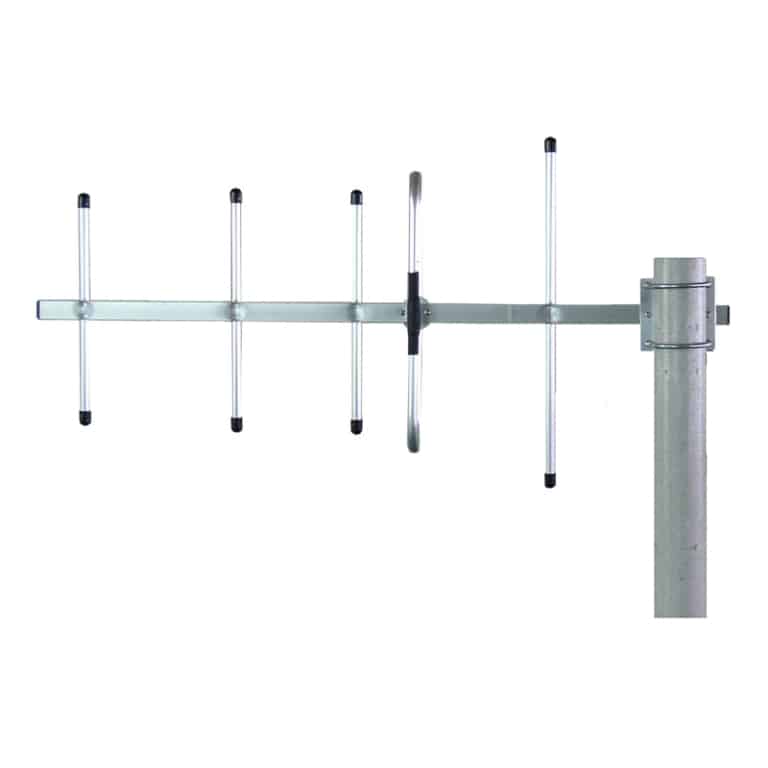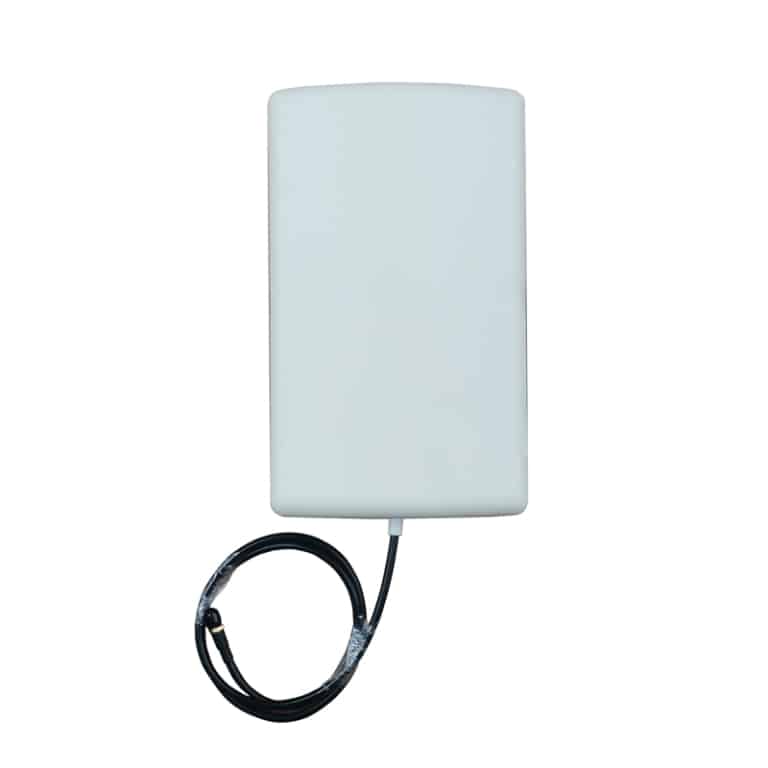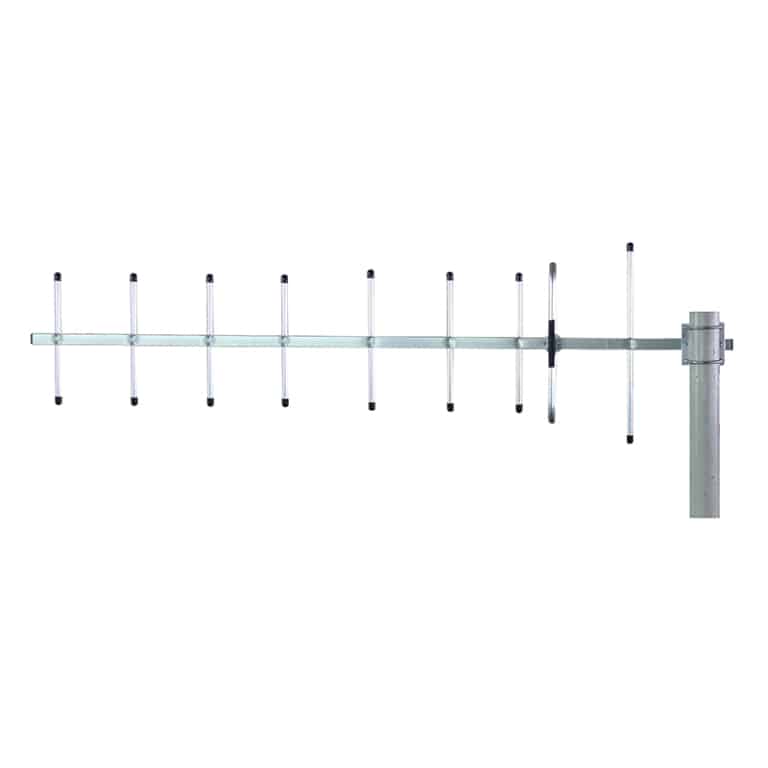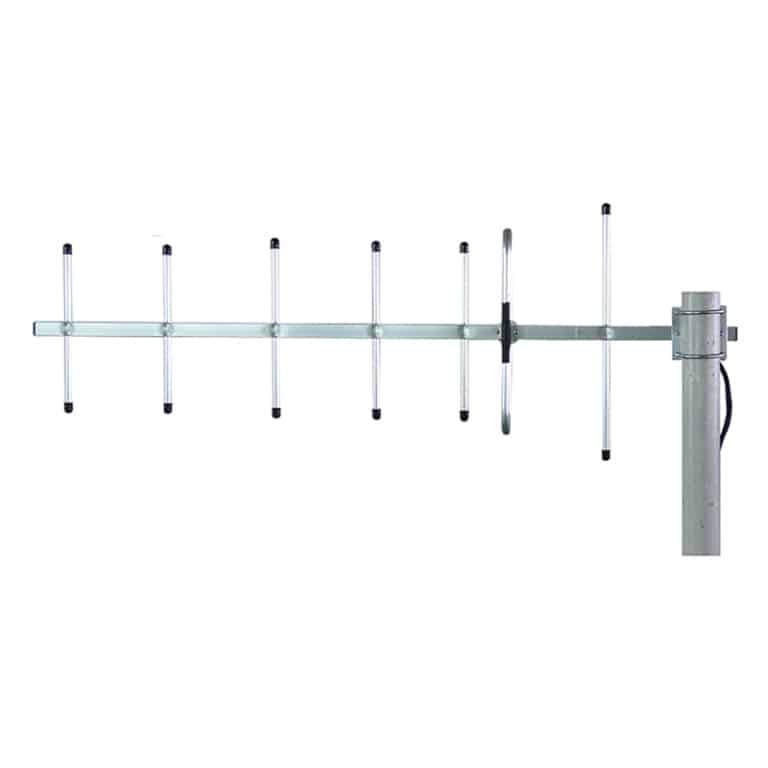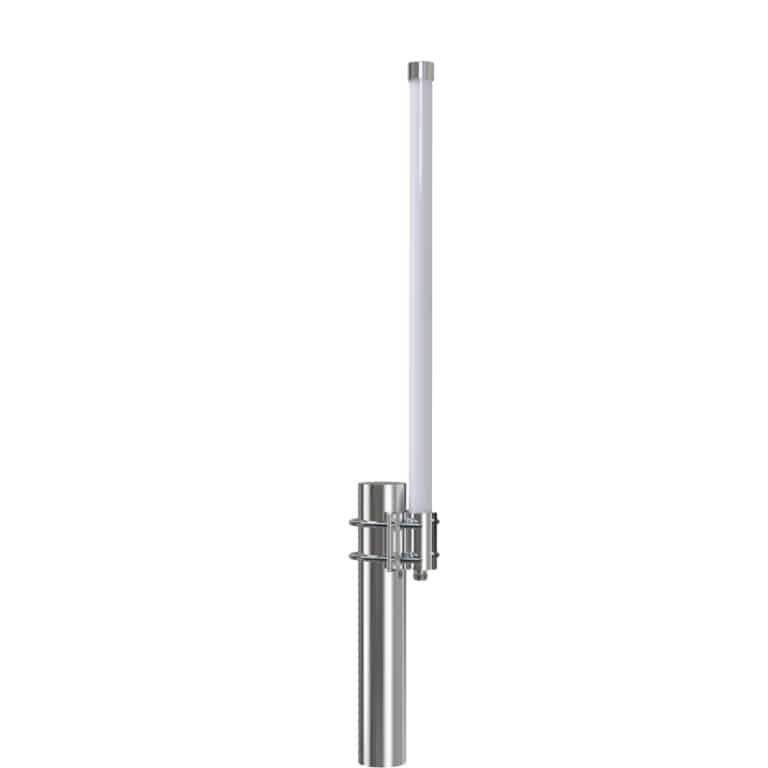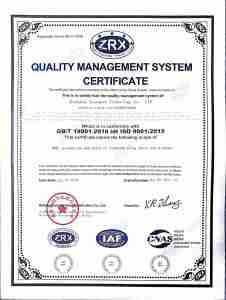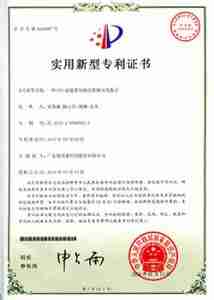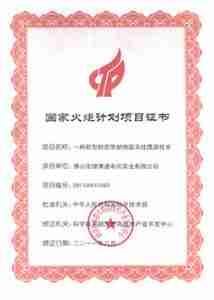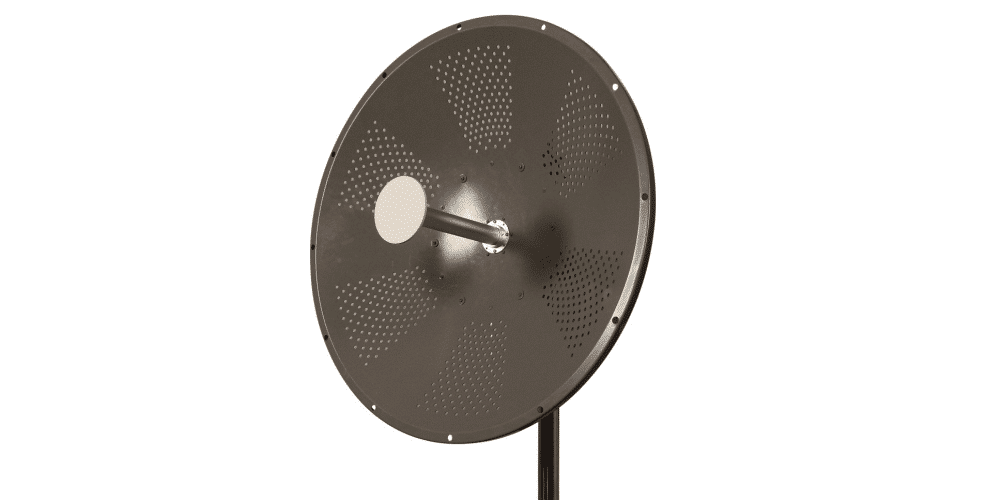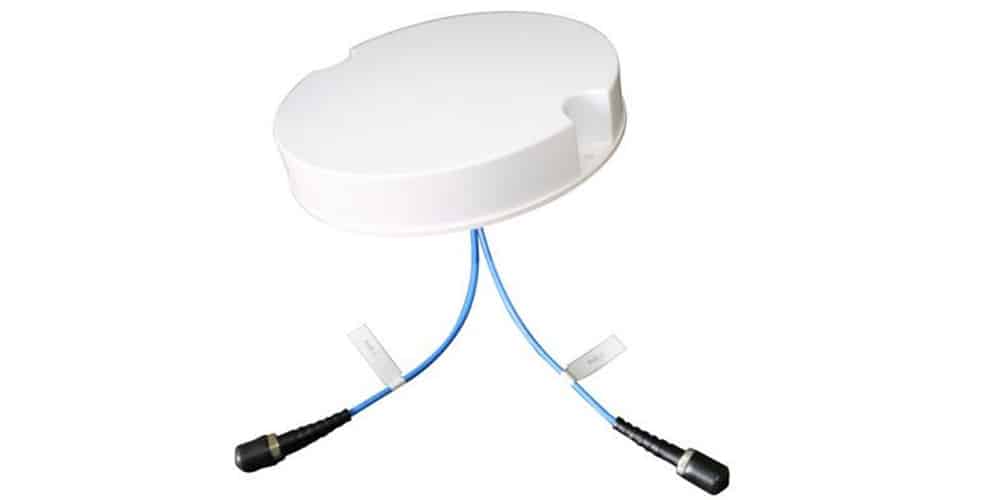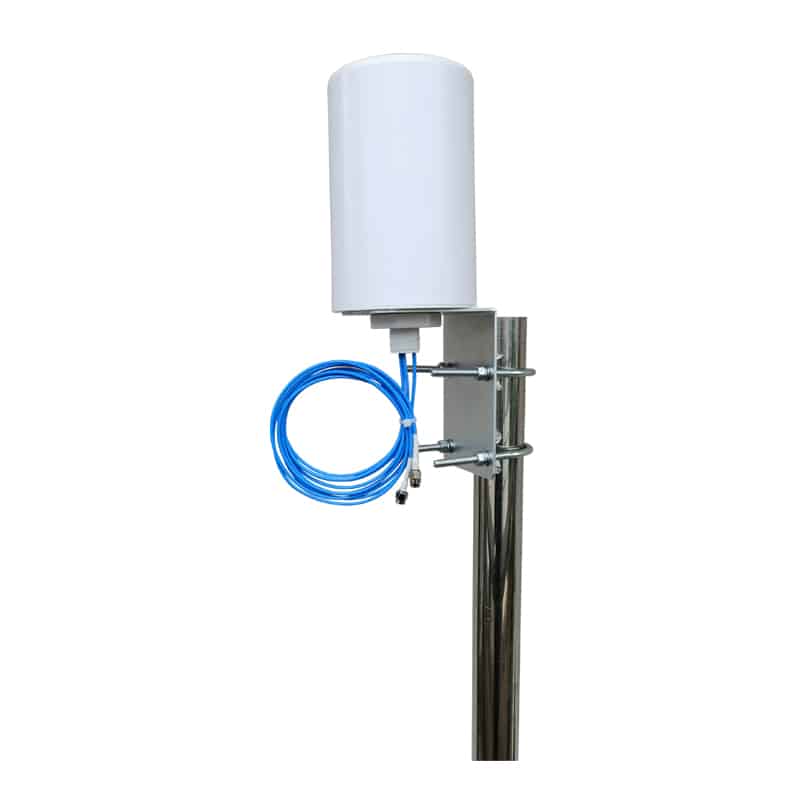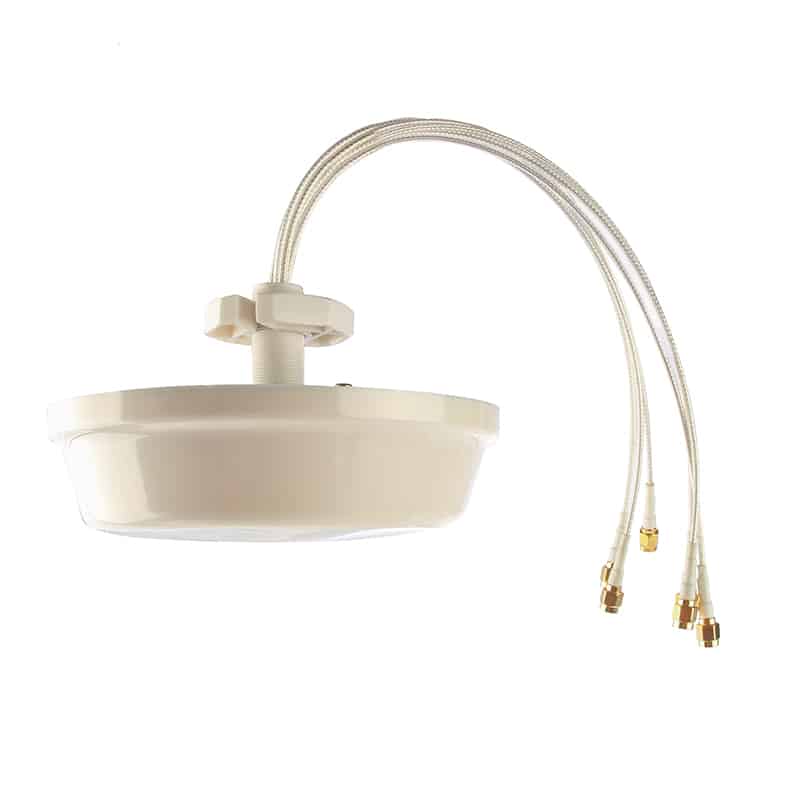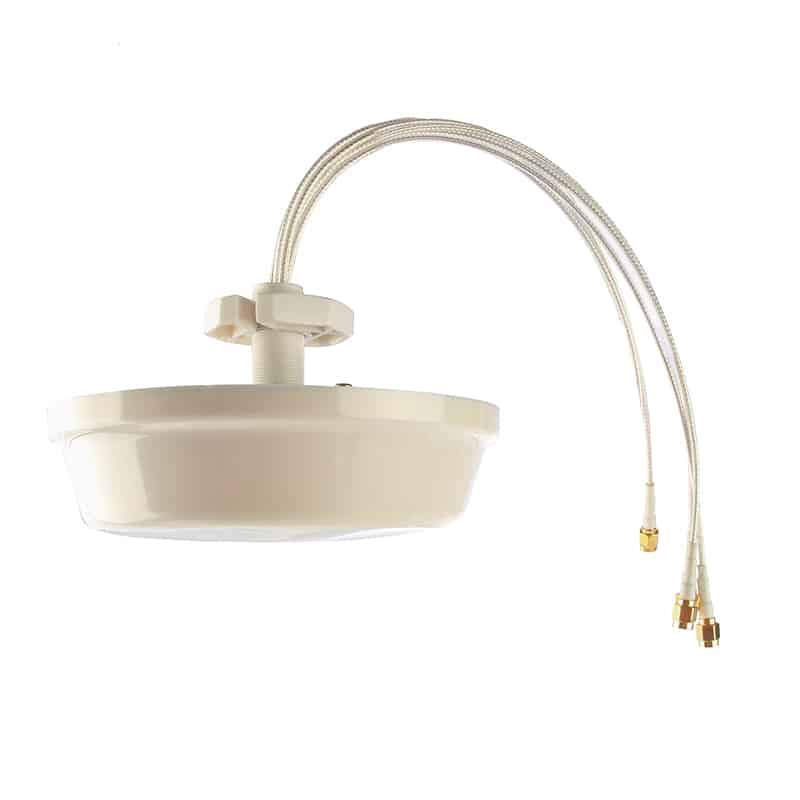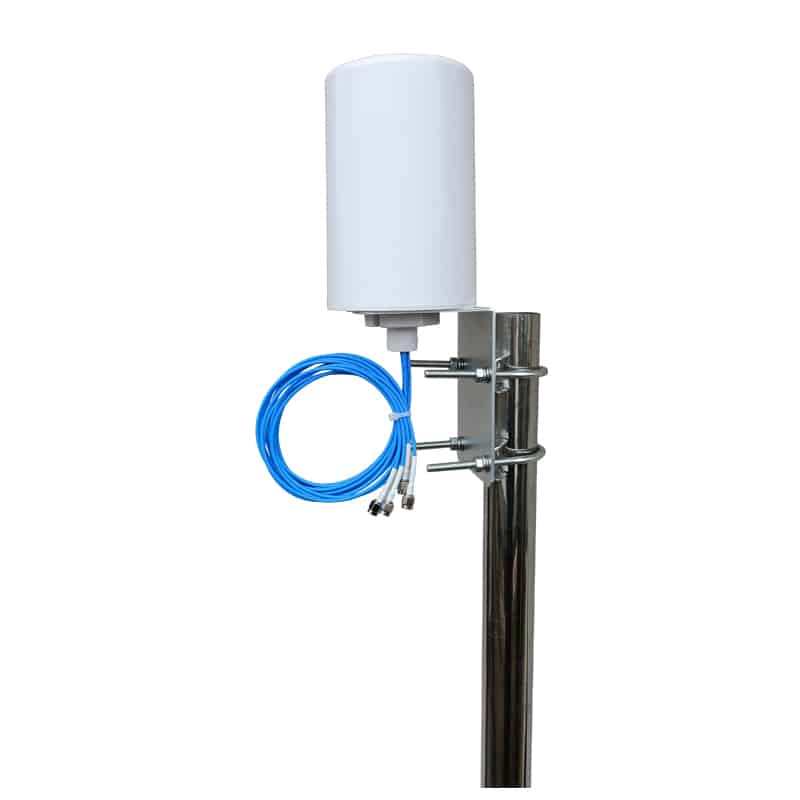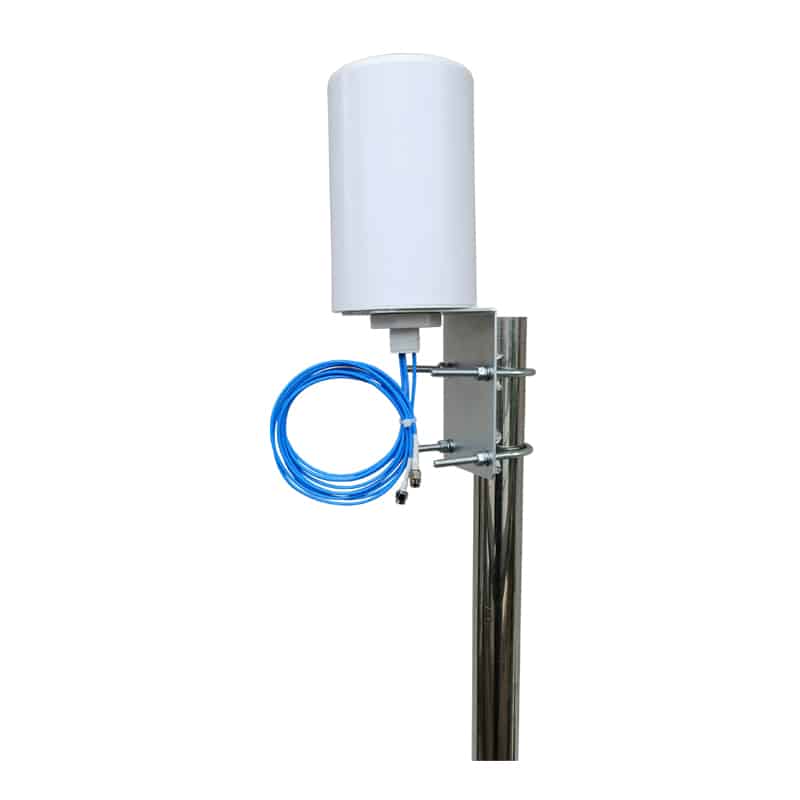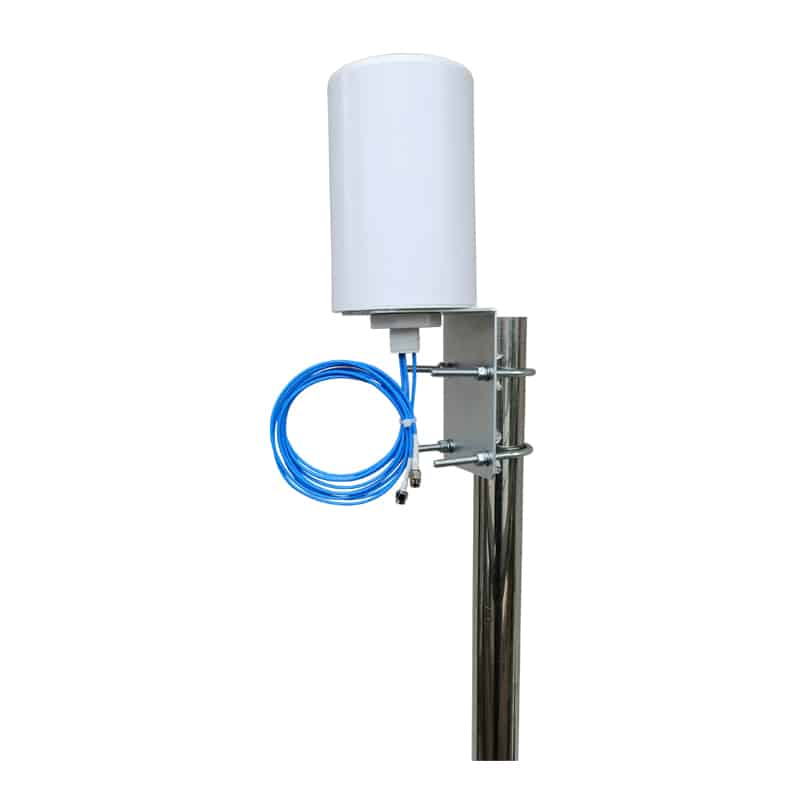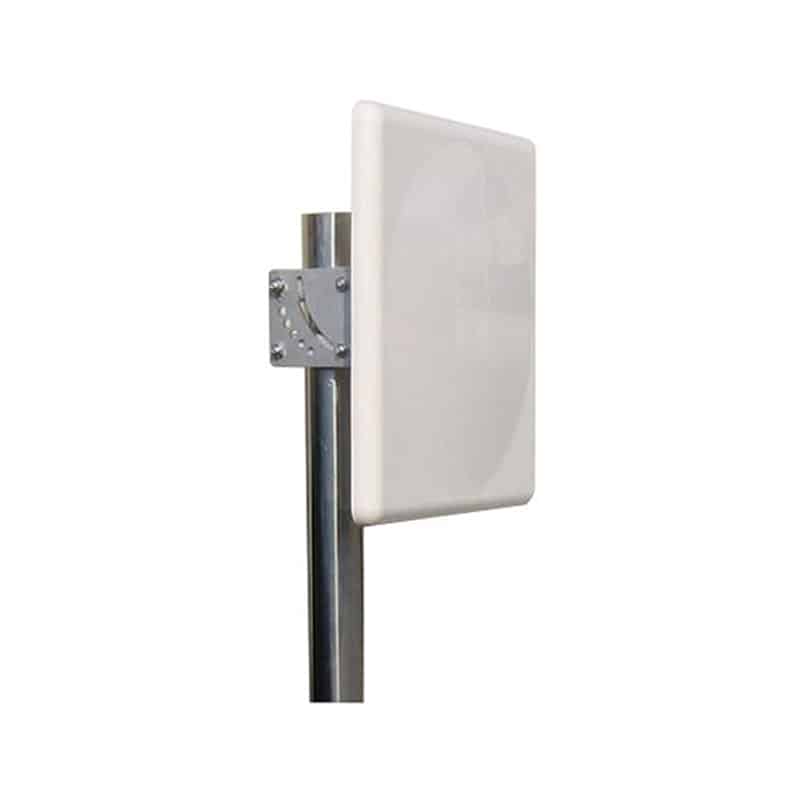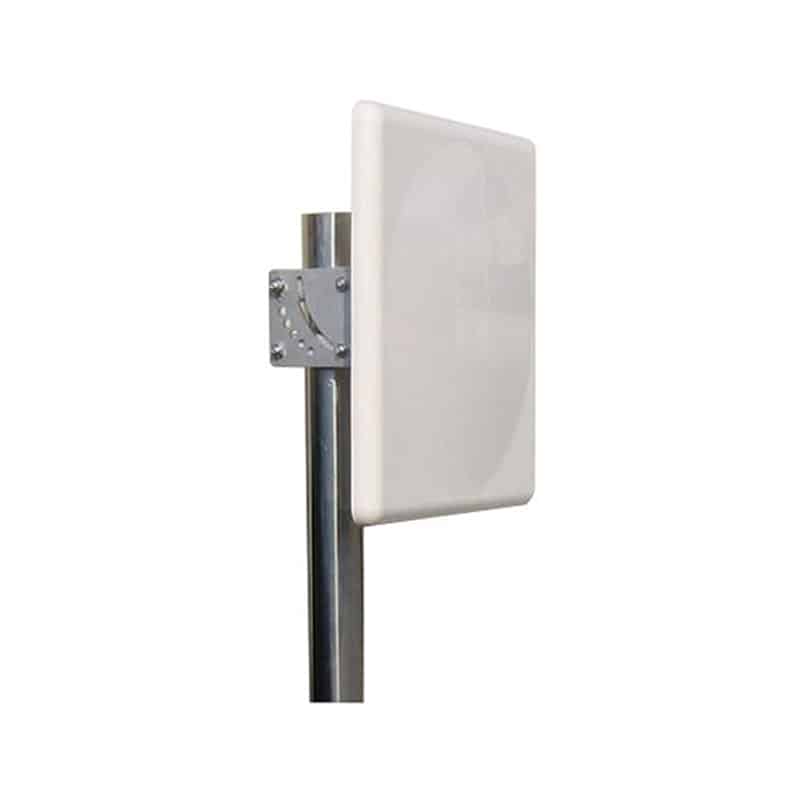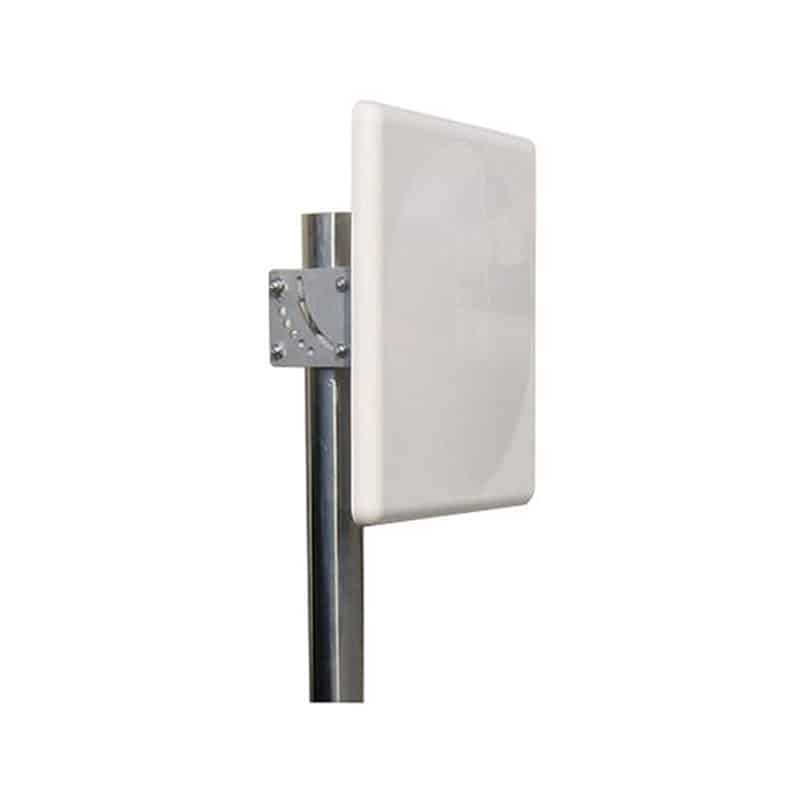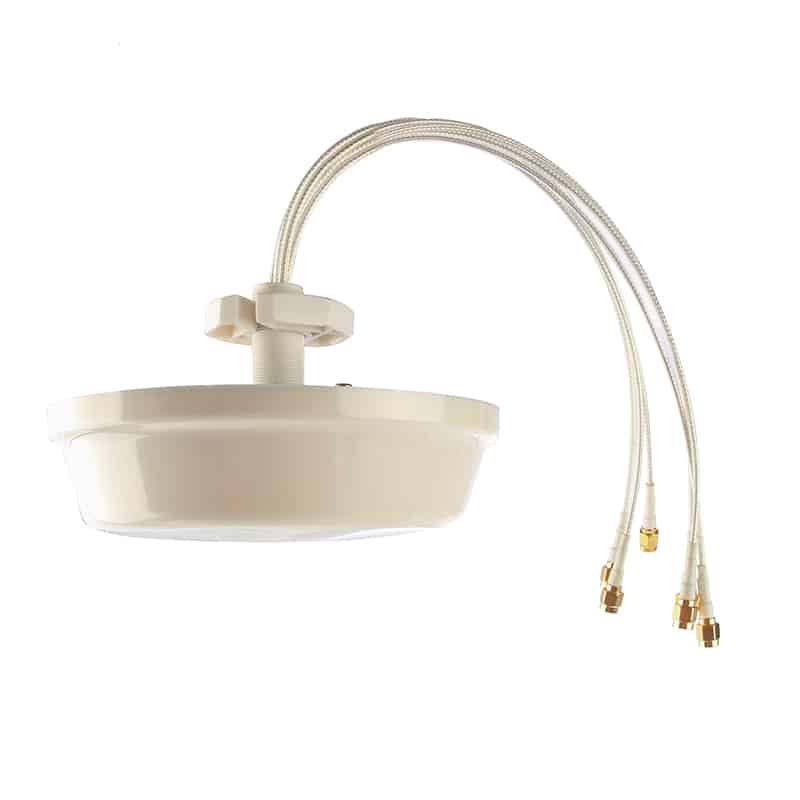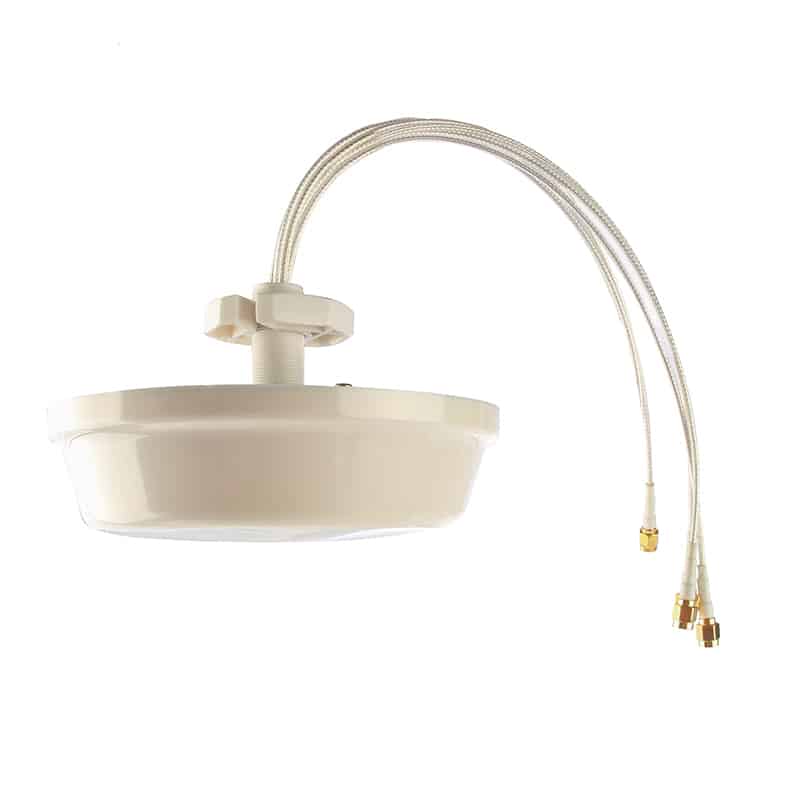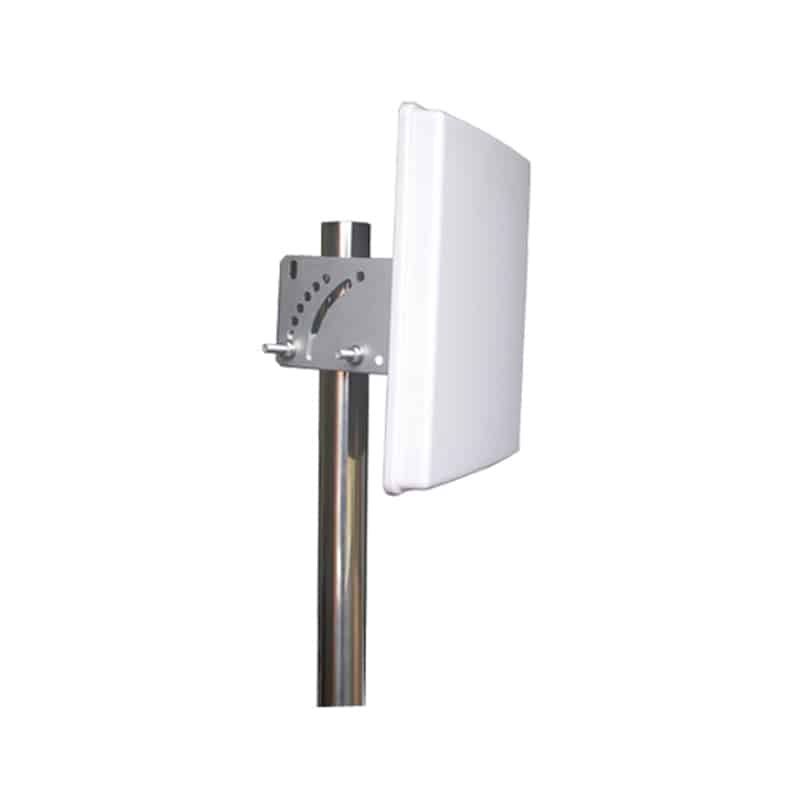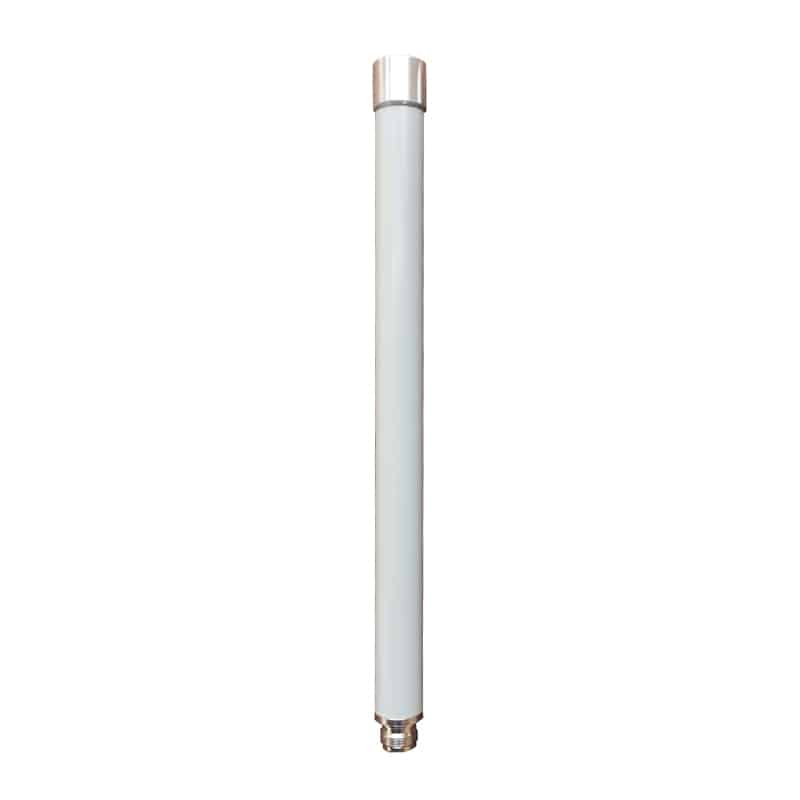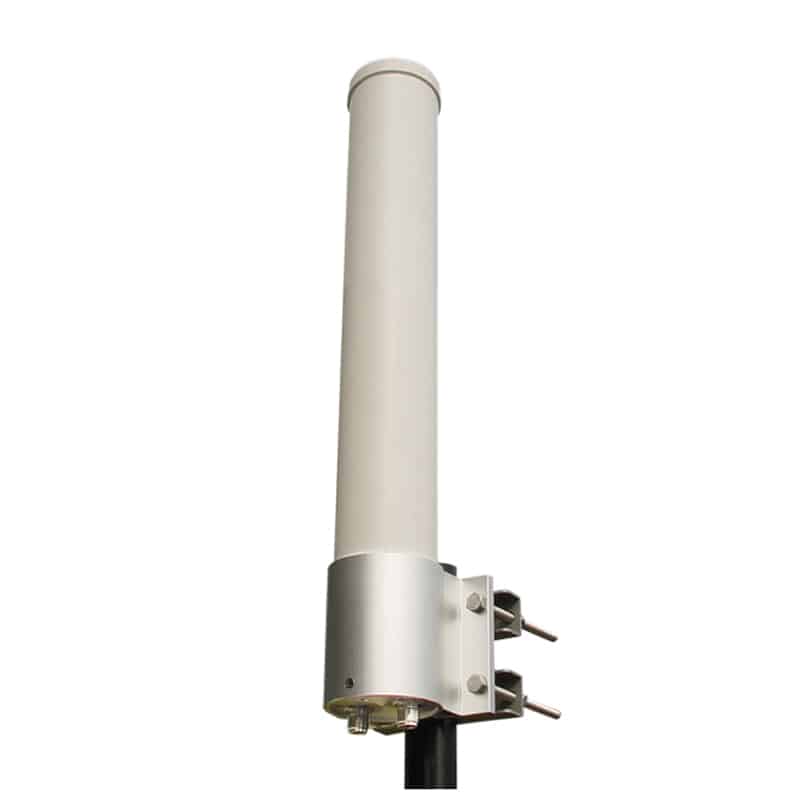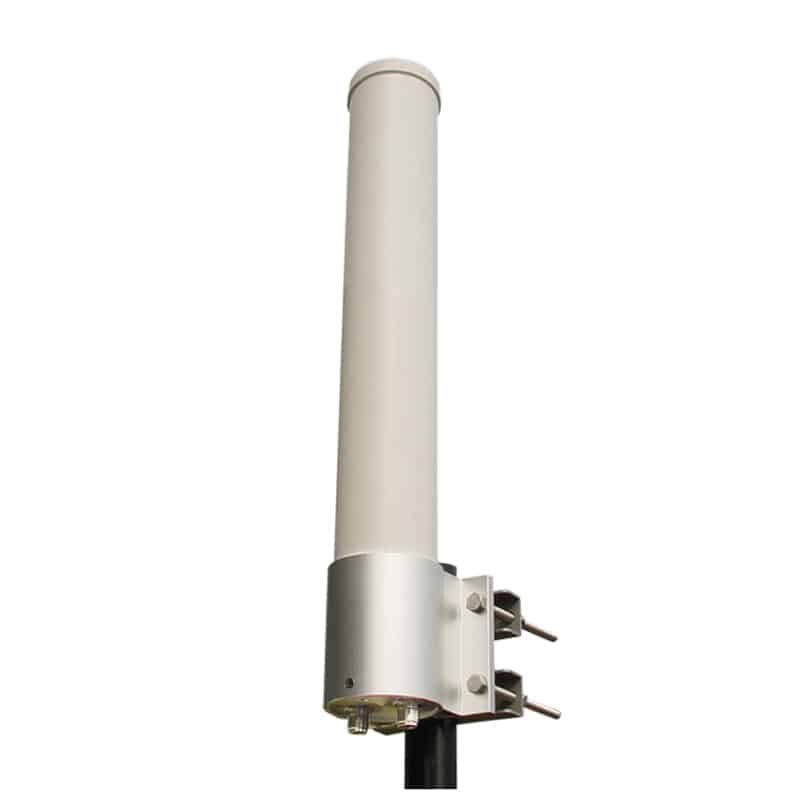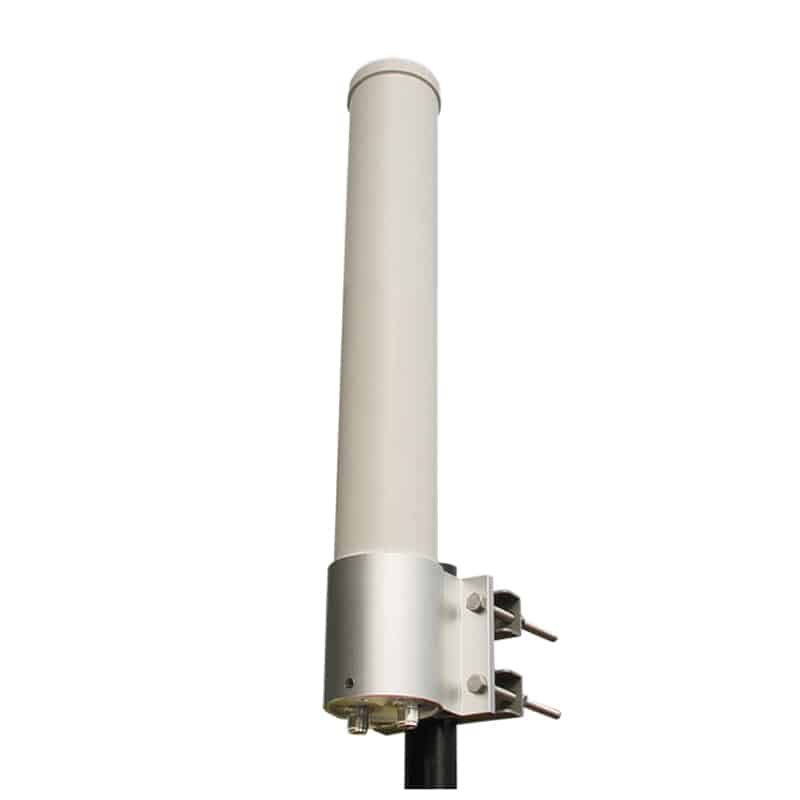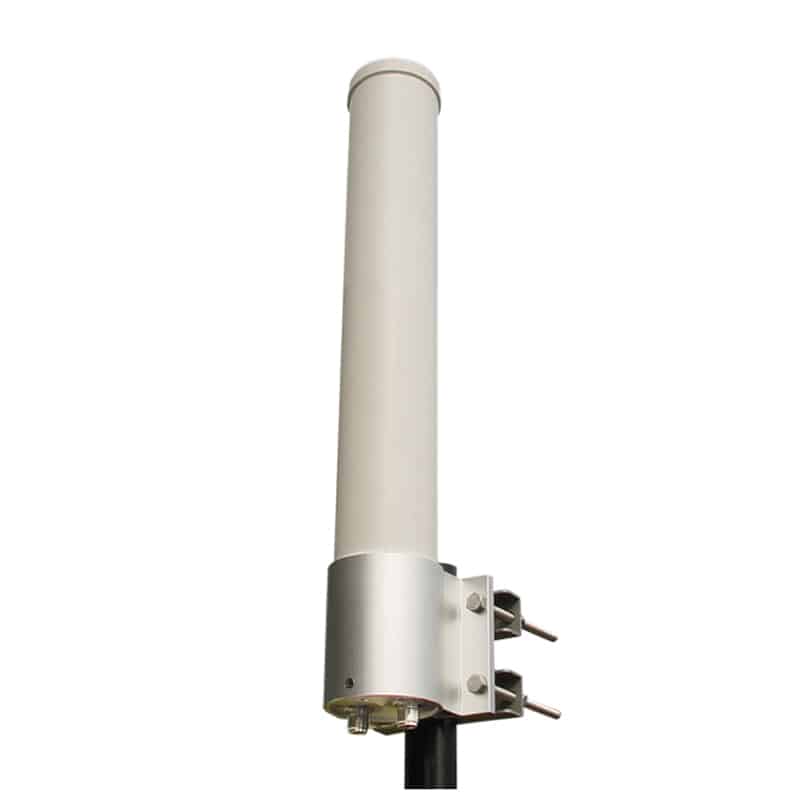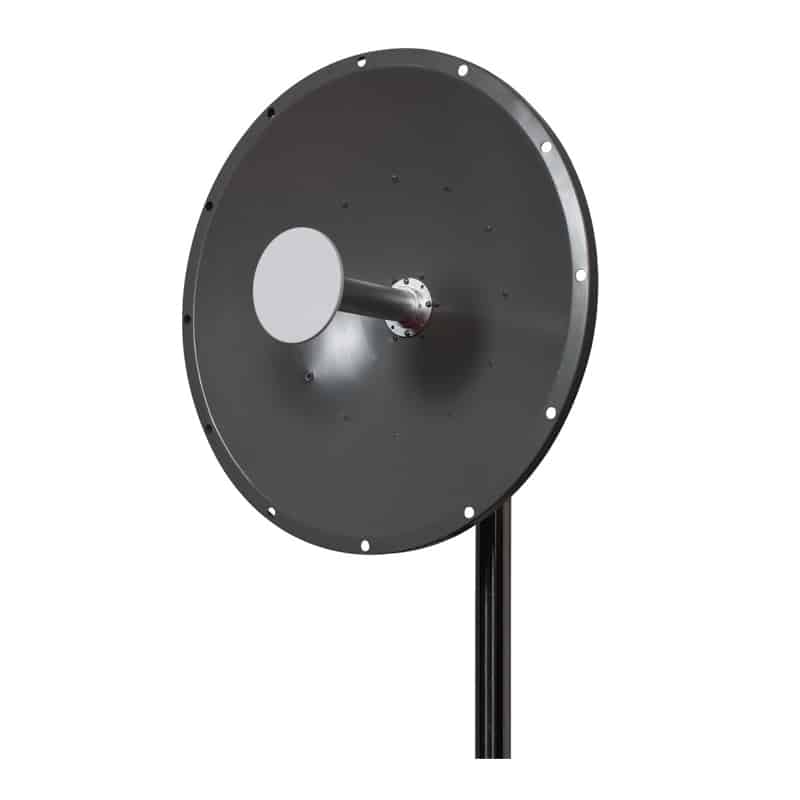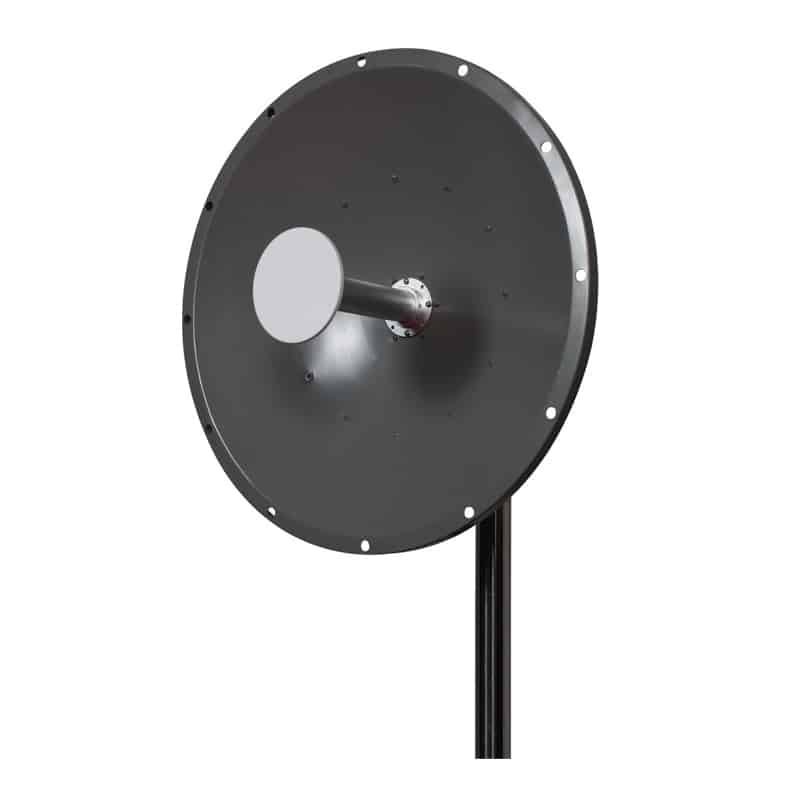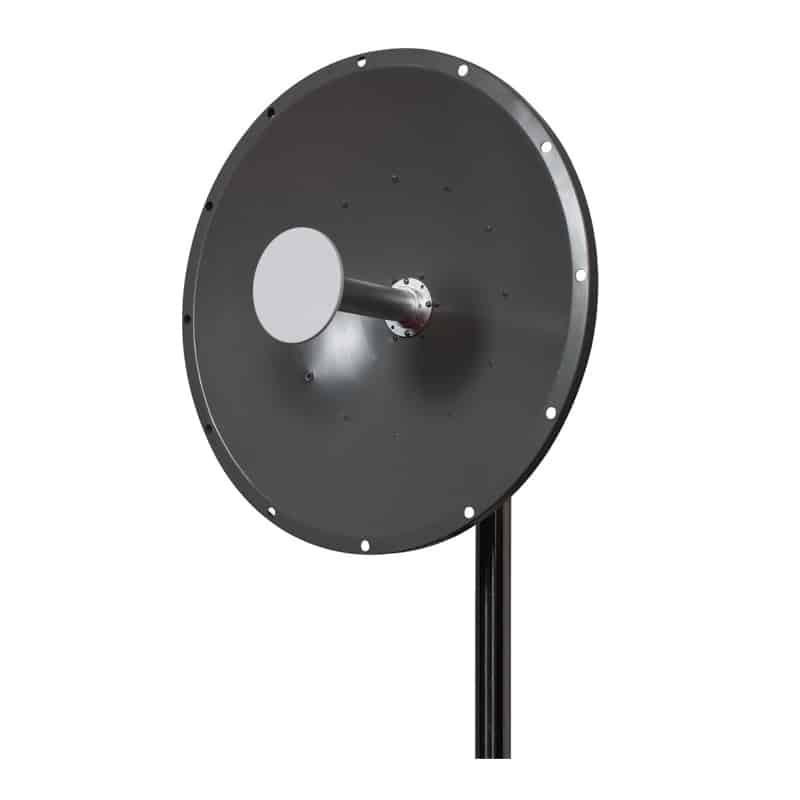Introduction
This article is aimed at discussing LoRa antennas which are a prominent element in LoRa technology. LoRa is a wide area network with lower power consumption compared to other wide area networks such as Wi-Fi. LoRaWAN networks are popular among many applications with IoT applications being the most prominent domain. Other application domains that utilize LoRa WAN are helium networks, machine-to-machine communication, and sensing applications. LoRa antennas are the main facilitator of such WAN networks. They transmit and receive LoRa signals in the following frequency bands.
- 915 MHz – USA
- 868 MHz – Europe
- 433 MHz
In this article, we will discuss the types of LoRa antennas, and how they operate. Moreover, we will outline some of the applications of LoRa antennas and different factors to be considered when selecting, testing, and installing a LoRa antenna in your application.
What is LoRa?
LoRa stands for low-power long range communication. It is based on ISM frequency bands and has widely become popular with the rise of IoT devices. Since IoT devices need to operate under low power conditions, it is vital to consider low power data transmission. It is based on Chirp Spread Spectrum (CSS) technology where information is embedded as chirp pulses in radio signals before the transmission. Hence, LoRa technology is suitable for transmitting small chunks of data at low data rates. Now we can summarize some characteristics of LoRa technology as follows:
- Low power consumption
- Long-range
- Suitable for small bits of data
- Low data rates
Now let us investigate some of the common applications of LoRa WAN. Some applications include:
- IoT-based smart monitoring systems
- Asset monitoring systems
- Smart Medical support systems
- IoT-based applications in smart cities
- Supply chain monitoring systems
The role of Antennas in LoRa systems
Antennas are a crucial element in LoRa systems, as they are responsible for transmitting and receiving radio signals over the air. These antennas are also responsible for maintaining the performance of these LoRaWAN networks. Correct placement, correct antenna type, and correct frequency range with the required gain of the LoRa antenna determine the performance of the LoRa WAN network. Moreover, LoRa antennas determine the durability of the LoRa system and its battery life especially in IoT devices utilizing LoRa WAN technology. Moreover, another important aspect of choosing the correct antenna for LoRa WAN networks involves matching the impedances with the front-end RF elements. This is important as it ensures maximum power transfer between RF elements and the antenna.
Types of LoRa antennas
Now let us discuss some of the types of LoRa antennas available in the market. Each antenna type is specialized in different applications catering to different specifications. Some of the LoRa antenna types and their advantages and disadvantages are listed below:
- Dipole antennas: These are the simplest antenna types and are mostly used in modular IoT systems designed as prototypes. They consist of two equal-length conductive elements placed end to end fed with a balanced source. The advantages of these dipole LoRa antennas are their simple design and easy installation. Moreover, these antennas can operate in a wide range of frequencies. However, these dipole antennas cannot operate at high frequencies, increasing the antenna elements’ length.
- Monopole antennas: Compared to dipole antennas, instead these antennas have one conductive element tied to a ground plane. The simple design of monopole antennas makes them ideal for simple use cases in IoT applications and easy integration. However, the main disadvantage of monopole antennas is that they are unable to cater to high-gain applications. Moreover, they require a ground plane for efficient operation, which would make their integration in certain applications challenging.
- Directional antennas: These antennas are available in different sub-categories, however, the most prominent LoRa antennas are horn and helical antennas. Patch antennas are also becoming popular with different IoT applications. Advantages of directional antennas include high gain, extended range of operation, and less susceptibility to interference. However, directional antennas also impose some disadvantages such as complex design and limited coverage.
- Omni-directional antennas: LoRa omni-directional antennas are a broad category of antennas consisting of both dipole and monopole antennas. However, they can provide 360 coverage but with a compromised coverage range. Another significant disadvantage of omni-directional antennas is their large susceptibility to interference.
How do LoRa antennas work?
LoRa antennas operate in three main frequency ranges:
- 915 MHz for the USA and North Americas
- 868 MHz for the EU
- 433 MHz for other regions
LoRa antennas transmit radio signals created by electrical signals fed into a frequency synthesizer operating in one or many of the above frequency ranges. LoRa antennas are also capable of reception of radio signals which are then fed to the RF receiver elements which will successfully decode the information embedded in the radio signal. However, there are a multitude of factors affecting the performance of the LoRa antennas, they are:
- Operating frequency: LoRa antennas should be able to faithfully operate in the above frequency ranges
- Required level of gain and directivity: It is essential to maintain the proper amount of gain and directivity for efficient transmission.
- Antenna placement: This aspect is important when transmission is intended in a congested environment.
- Environmental conditions: These conditions can impose some unexpected interferences in the LoRa WAN networks, however, due to CSS technology this is of no greater concern unless in a severe scenario.
- Proper impedance matching: This ensures maximum power transfer between the elements with the RF system and the antenna.
Selecting the right LoRa antenna
There are three main crucial factors to be considered when selecting a LoRa antenna for your LoRa WAN application. They are:
- Compatible frequency band in your region of operation
- Intended range requirements of your application
- Expected fidelity of information transmitted and different environmental conditions
For example, most of the embedded systems use either patch or microstrip LoRa antennas, making them easy to integrate into the system. However, in supply chain monitoring applications they intend to use dipole or directional antennas by comprising installation areas to achieve an extended range of operation with high fidelity.
Installation and Placement of LoRa Antennas
It is essential to consider the proper installation and placement of LoRa antennas for optimal operation of the LoRaWAN network. Some of the important factors to be considered are listed below,
- Ensure proper grounding of the antenna elements, especially in monopole antennas
- Ensure proper cabling of the antenna elements.
- Ensure to adhere to anticipated weatherproofing standards depending on the environmental conditions to protect antenna elements.
- Ensure proper antenna orientation and height placement to achieve optimal transmission with the expected degree of line-of-sight
Testing and Optimizing LoRa Antenna Performance
Another important aspect of the LoRa WAN network is to ensure proper maintenance practices for optimal and durable operation. This requires testing and optimization. LoRa antenna performance is evaluated by different means such as:
- Range testing
- Radiation pattern and polarization testing
- Field strength measurement
To carry out these tests and measurements different equipment such as spectrum analyzers, antenna analyzers, and network analyzers are used. Moreover, with the popularity of software-defined radios, there is a rising popularity of software-based tests and measurements.
Future trends in LoRa antennas
As mentioned above, with the increasing popularity of software-based radios and networks, there is a future trend in software-based LoRaWAN networks. Moreover, with the increasing amount of IoT devices, LoRa WAN provides a low-cost alternative for optimal operation in terms of power without comprising the range of operation. Furthermore, techniques such as antenna diversity provide room for optimization of existing LoRaWAN networks. It also facilitates the opportunity to operate in multiple frequency ranges.
Conclusion
We discussed some of the types of LoRa antennas and their use cases. Then, the basic working principle of LoRa antennas was investigated, Moreover, some of the different testing and optimization techniques were highlighted to help with your next LoRa application.

